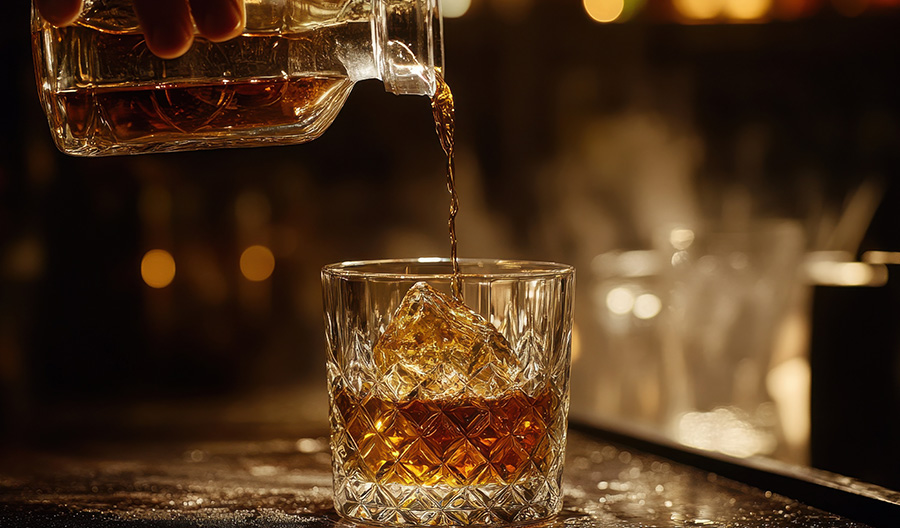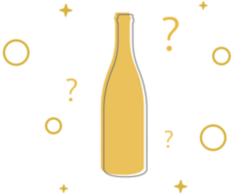Irish whiskeys have a long and storied history. Whiskey production was brought to the island by monks around 600 AD, and by 1405, the first mention of Irish whiskey was documented.
By 1790, there were more than 200 licensed distilleries in Ireland, not to mention the estimated 2,000 to 10,000-plus unlicensed distillers that existed at the time. Today there are far fewer, thanks to the arrival of Prohibition in 1919, which left the country with only two operating distilleries. Now, more than a hundred years later, there are several dozen, with more opening all the time.
In order to keep up, established brands are constantly playing around with new spins on barrel finishes and different mash bills. But, similar to the liquor laws in neighboring Scotland, to legally be defined as Irish whiskey, these new spirits must be produced on Irish soil and aged for at least three years.
As ingenuity expands in creating these whiskeys, so does interest. According to the Distilled Spirits Council of the United States, nearly 4.7 million 9-liter cases of Irish whiskey were sold in the United States in 2023, generating more than $1.1 billion in revenues for distillers. And from 2003 to 2023, high-end premium Irish whiskey grew 816%, while super-premium Irish whiskey grew a 1,874%.
Irish whiskeys are made in four styles: single pot still, single malt, single grain and blended. The country’s spirits classifications tend to be less rigid than in Scotland; however, a distiller must put the term “blended” on any product that contains two or more separately distilled whiskeys. Single pot whiskey refers to Irish whiskey made at a single distillery from a pot still, which incorporates a mix of malted and unmalted barley.


A Closer Look at Whiskey
While neighboring Scotland tends to have a larger range of stills, there is a lot of variety in terms of the types of wood that Irish whiskey can be aged in.
Barrels used for wine, including fortified wines, are sometimes used: these include Pedro Ximénez sherry butts, and Italian Barolo and Marsala barrels. Other wood types used include bourbon, Port, and oloroso sherry casks.
As a tribute to the recent popularity of Japanese whiskeys, some Irish distillers are even finishing their products in mizunara, a highly prized type of Japanese oak. The barrels are generally coopered in Japan, before being sent over to Ireland.
Regardless of your preferences, there are so many choices when it comes to Irish whiskey: Slàinte!
Questions Your Customers Might Have
What makes an Irish whiskey good?
Look for a smooth, light taste with subtle hints of fruit, vanilla, or caramel. Typically, it won’t have the oakiness of bourbon or the heaviness of scotch.
What are some cocktails that make use of Irish whiskey?
Try an Emerald, an Irish spin on a Manhattan. Or cozy up to an Irish Coffee, perfect for chilly nights. You can substitute Irish whiskey for just about any spirit in popular cocktails, such as a mule, a whiskey sour, or even a margarita.
How long does an opened bottle of whiskey last?
The length of time Irish whiskey remains drinkable is up to 5 years if stored properly, with some changes to the flavor. Store upright inside a cabinet to limit light exposure and be sure to limit temperature fluctuations as well. Also, seal your bottle tightly or use a vacuum sealer to limit oxidation.

